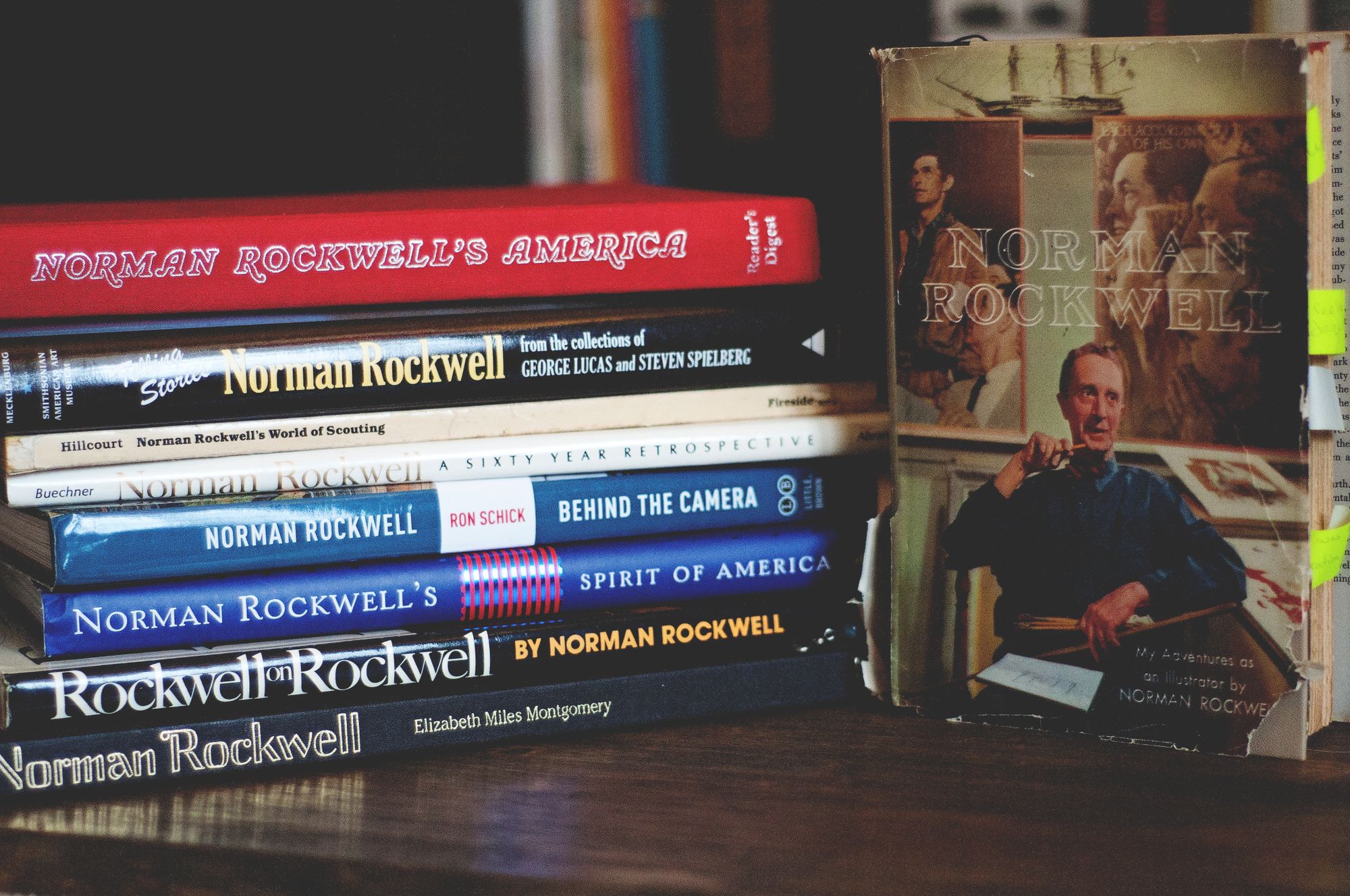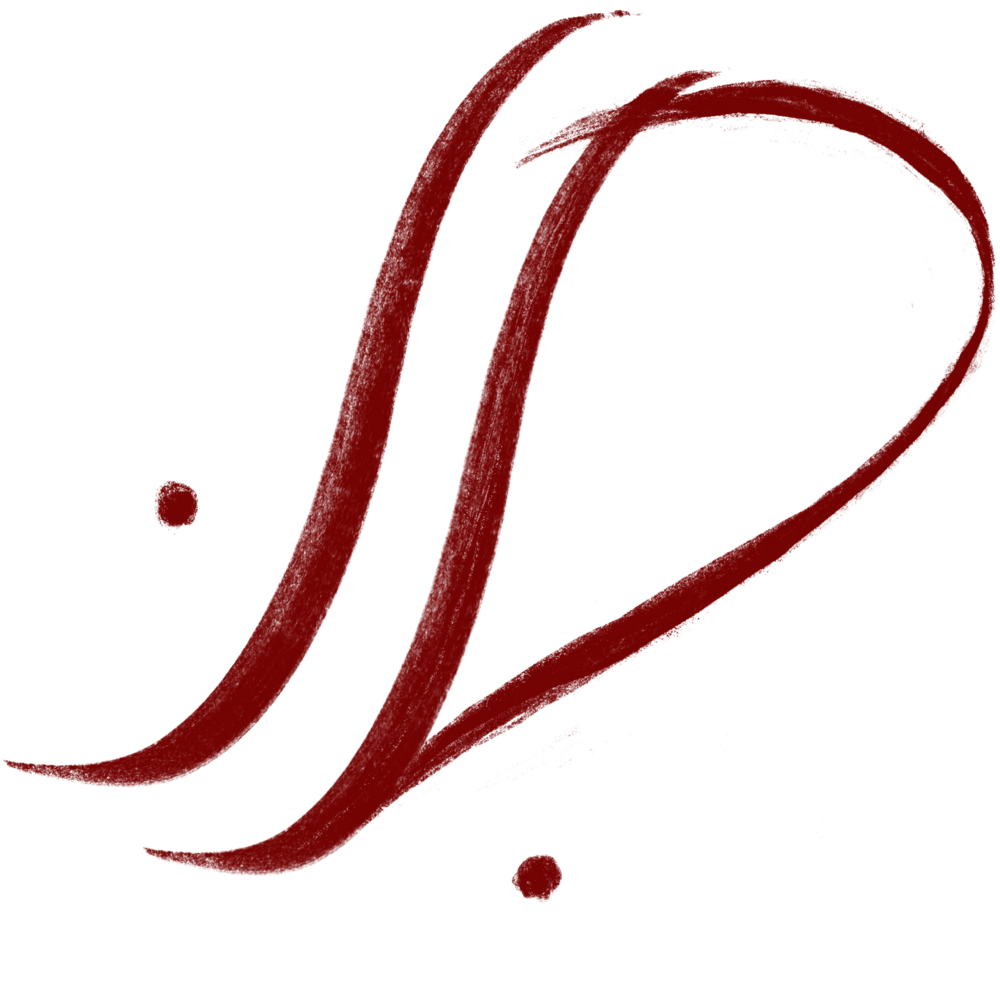Hello. My name is Julie and I am a bibliophile. I’ve used books to teach me how to use a camera, how to cook, how to garden, knit, diaper my babies, and buy a home. When I wanted to learn how to paint but lacked the funds to join an atelier, I turned to the books that master artists had written to teach me what I needed to know. I’d be writing for ages if I were to list them all, but here are a few of my favorites (in no particular order).
- The Artist’s Complete Guide to Figure Drawing, by Anthony Ryder - Ok, I know I said these were in no particular order, but if I had to give away the majority of the books on my shelves and were only allowed to keep a select few, this one would be first in the “keepsies” pile. Ryder’s book focuses mainly on figure drawing, but I’ve used his lessons to draw anything I can see. I owe him a huge amount of thanks. If one day I ever met him, I’d probably fall on the floor and forget to how speak. And when they revive me, I’d really regret missing the opportunity to tell him how much his book meant to me.
- Classical Painting Atelier by Juliette Aristides
- Portrait Painting Atelier AND The Elements of Landscape Oil Painting by Suzanne Brooker. Both of these books are incredibly informative and well illustrated..
- Sci-Fi & Fantasy Oil Painting Techniques by Patrick J. Jones - Oh yes. I have read this multiple times. One of the best things about Jones' writing is how open he is about the way he develops his ideas. So many "ah-ha!" moments happened while reading this, it's another MUST HAVE for my shelf.
- And while we're talking SF/F illustration, I should also mention that I really love the Masters and Legends of Fantasy Art- featuring techniques by ... well, the masters of the art. Great to be able to compare and contrast each of their work habits.
- Which reminds me, I also have books featuring works of a lot of individual artists. Recently published was Fantastic Paintings of Frazetta by Spurlock. I really appreciated that the author chose to tell some of the stories behind the paintings that are featured. The section on the Egyptian Queen was very interesting. I think I preferred her face before Frank painted over it!
- I also have a pretty big collection of books about N.C. and Andrew Wyeth. But if by some chance there's a publisher out there reading this- if I could make a request? I really wish there were more books available about N.C. Not that I don't love Andrew's work, but narrative art has always been my love. And while you can often infer a narrative from what Andrew made, it's N.C's paintings that really draw me. I'm just sad that he lived during a time when appreciation for narrative in art was dramatically waning. I think he greatly underestimated his own value.
- The Art of Brom by Brom - dark and deliciously ooky
- Beyond Impressionism, the Naturalist Impulse by Gabriel Weisberg
- The Museum of Bad Art: Masterworks by Michael Frank and Louise Sacco –There's nothing informative about this. It's just fun.
- Problem Solving For Oil Painters by Gregg Kreutz - Every time I go through this book I find something else that inspires me. This one is all about composition critique. One thing that a person might miss when they are learning on their own is a second, more critical eye for their work- Kreutz here was very successful at teaching his reader how to look at their own work with a more discerning eye. Another book for my keepsies pile.
- The Arrival by Shaun Tan - Technically this is a children’s book and has nothing whatsoever to do with art instruction. BUT. The illustrations inside are truly lovely.
- Anatomy for the Artist by Jeno Barcsay – I actually got this book in highschool and didn’t often open it for a some time. (except to point and giggle at the drawings of naked people without skin.) I wish I had given this more serious consideration sooner because along with my figure drawing studies, this book has been a tremendous resource. There’s just something about knowing what you’re looking at that makes your mind conscious of those specific bumps and curves. I’ve seen other anatomy books in stores and libraries, and to be honest, I like this one the best.
- Drawings of the Masters: French Drawings and also the Italian Drawings volume by Winslow Ames – I got both of these from a used book store and made some of my first master-copies from the plates.
- Imaginative Realism by James Gurney
- Color and Light by James Gurney - Highly recommended! This one stays on my nightstand because it’s pointless to keep on my bookshelf. I’ll just take it off again in a few days anyway. And while we’re talking about James Gurney- his blog is also a daily must-read.
- Landscape Painting by Mitchell Albala
- Rembrandt’s Eyes by Simon Schama
- Oil Painting Secrets From a Master by Linda Cateura (author) and David Leffel (Contributer) - Cateura is a student of Leffel’s and, with his permission, she shares here her notes on his observations and critiques of paintings by his students. I wish the photos of the paintings in the book were of better quality, because the text is fantastic. On the other hand, the photos are enough to get the point across, which is really all that matters. Excellent resource, regardless.
- Alla Prima: Everything I Know About Painting by Richard Schmid

And here I’ll confess to what a huge goober I am for Norman Rockwell. I’ve got a growing collection of his books, some written by him, mostly about him. My favorite Rockwell book is his autobiography, My Adventures as an Illustrator. Rockwell on Rockwell by Norman Rockwell is also great (I have to imagine he got a big kick out of titling that one), as is Behind the Camera by Ron Schick. But to be honest, any Rockwell book is fabulous to me. I collect them like an 8 year old collects pokemon cards.
Do 8 year olds still collect pokemon cards? Someone ask an 8 year old and let me know.

